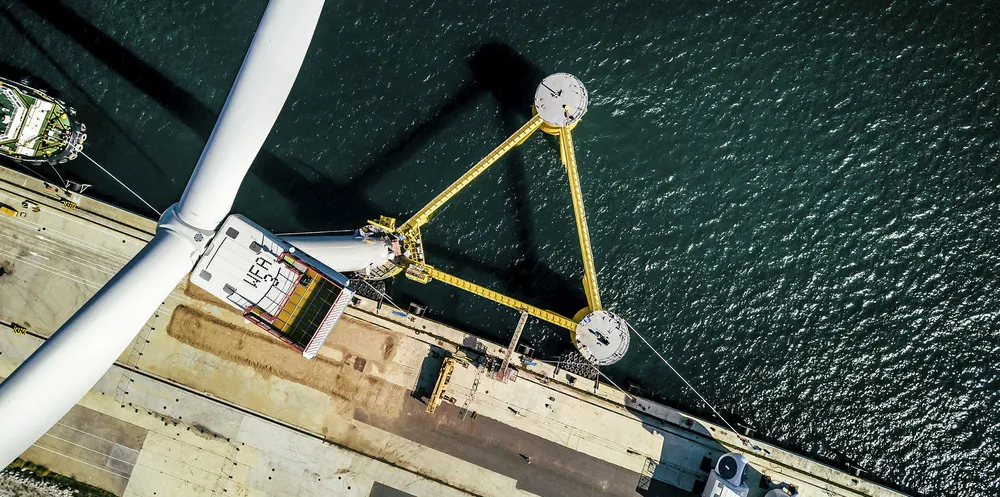2020 Vision: five floating wind power technologies to watch this year
Ahead of a crucial year for the fast-emerging floating sector, Darius Snieckus pinpoints the pivotal projects

Ahead of a crucial year for the fast-emerging floating sector, Darius Snieckus pinpoints the pivotal projects
